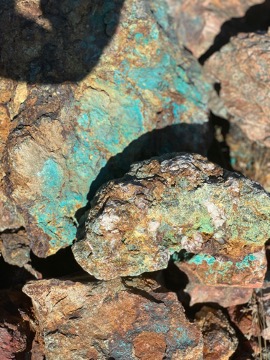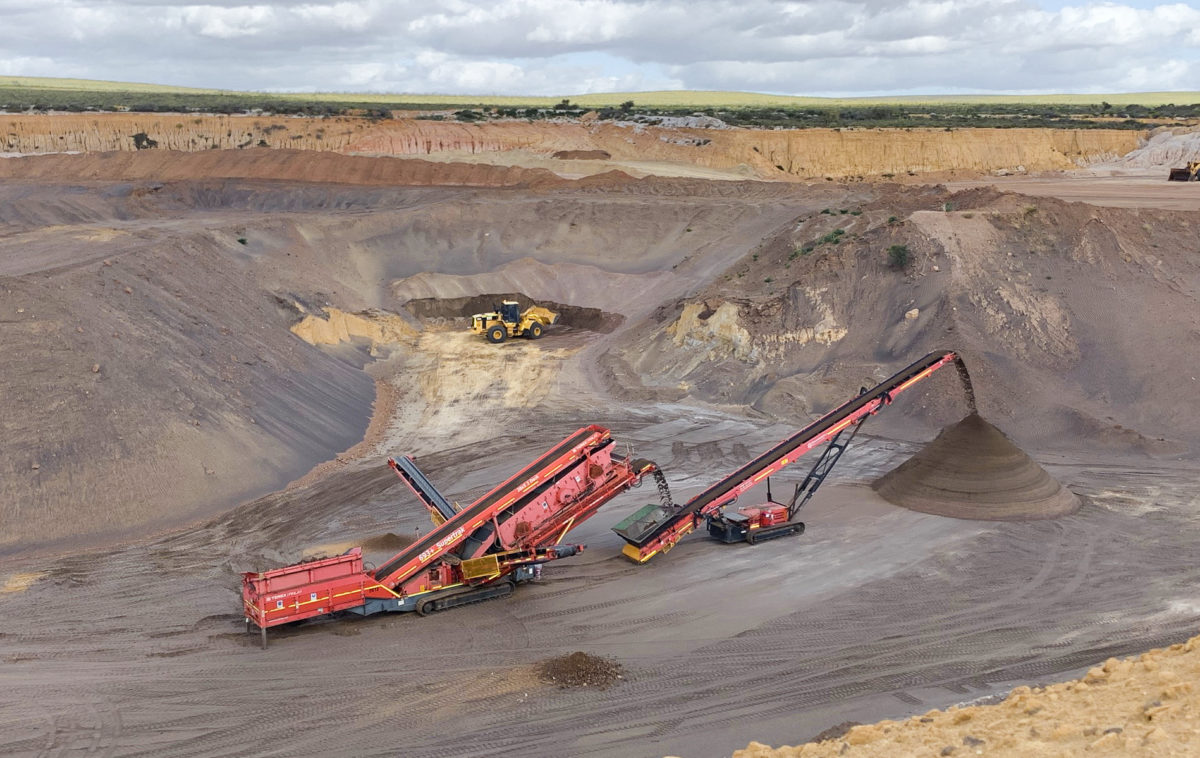Commonwealth agency Geoscience Australia has today announced it will be teaming up with the University of Queensland, RMIT University and the Geological Survey of Queensland to develop an Atlas of Australian Mine Waste, highlighting new opportunities to recover valuable minerals – a concept known as secondary prospectivity.
The Atlas will be the country’s first ever national database of mine waste sites across and will include information on the minerals that could be present. The team also plans to create a methodology to assess if recovering any of these minerals is economically viable, which will be incorporated to help inform investment decisions.
The first iteration of the Atlas will be available in the second half of 2022, Geoscience Australia told pv magazine Australia, and will be updated as new information comes in.
The database will be free and publicly available via Geoscience Australia’s Economic Fairways tool with funding for the project coming from the federal government’s $225 million Exploring for the Future program.

Image: Anita Parbhakar-Fox
There has been growing interest in looking at mining waste, known as tailings, as well as stockpiles and slag, a steel industry waste byproduct, as potential sources of important minerals for electric vehicles, solar batteries and other renewable technologies.
Moreover, soaring demand and prices of materials and the subsequent shortages have led to a growing cognisance that supply chains will need to diversify away from centralised points like China and look beyond virgin mining.
“Assessing how mine waste could be reprocessed to generate a potentially large new resource stream is one of the best ways of creating a sustainable supply chain, especially for critical minerals,” research team leader Gavin Mudd, an Associate Professor at RMIT, said.
“Critical minerals such as cobalt and platinum group elements can be recovered as by-products from processing the ores of major commodities like copper and nickel,” Geoscience Australia’s Minerals, Energy and Groundwater Division Chief Dr Andrew Heap added.
Encouraging industry to look to alternative sources like mining tailings and stockpiles, Heap said, will not only solidify Australia’s reputation as a world-leading supplier of critical minerals, but also “ensuring the country retains its best-practice environmental, social and governance credentials” since reprocessing has less environmental impacts and a smaller carbon footprint.
Geoscience Australia said the Atlas will build on an approach pioneered by The University of Queensland and the Geological Survey of Queensland’s Secondary Prospectivity Project, which identifies sites for mine waste recycling across Queensland.
“This project originally focused on the potential for cobalt in copper tailings in the Mount Isa area, before our investigations widened to tailings dams and mine storage facilities throughout Queensland,” Geological Survey of Queensland Director of Minerals Geoscience, Dr Helen Degeling said.
“We are delighted that this concept will now be applied across the country to help meet the growing global demand for new economy metals in a more sustainable way.”
Australian companies are already moving on this opportunity, with Western Australian miner Iluka Resources announcing earlier this month that it plans to build the country’s first rare earths refinery and will start by using its own mining stockpiles as an input.
Likewise, Western Australian companies Neometals and Critical Metals reached a major milestone in their recovery of battery-grade vanadium from steel slag stockpiles in Europe last month.
Mine rehabilitation option
Considered a looming issue in Australia, turning mine tailings into a valuable resource could also be a promising solution for the rehabilitation of mine sites.
University of Queensland Associate Professor Anita Parbhakar-Fox said the method could make more financial and environmental sense than other mine rehabilitation options. “Based on some of our field investigations, we have demonstrated that you could turn waste into a gold mine, literally,” she said.
RMIT’s Gavin Mudd agrees, saying the remediation of historic mines to modern standards from the new opportunities to reprocess waste would be a great outcome for both Australian communities and the environment.
Mining companies are being encouraged to help build the Atlas by allowing researchers to sample mine waste at their sites.
This content is protected by copyright and may not be reused. If you want to cooperate with us and would like to reuse some of our content, please contact: editors@pv-magazine.com.









By submitting this form you agree to pv magazine using your data for the purposes of publishing your comment.
Your personal data will only be disclosed or otherwise transmitted to third parties for the purposes of spam filtering or if this is necessary for technical maintenance of the website. Any other transfer to third parties will not take place unless this is justified on the basis of applicable data protection regulations or if pv magazine is legally obliged to do so.
You may revoke this consent at any time with effect for the future, in which case your personal data will be deleted immediately. Otherwise, your data will be deleted if pv magazine has processed your request or the purpose of data storage is fulfilled.
Further information on data privacy can be found in our Data Protection Policy.